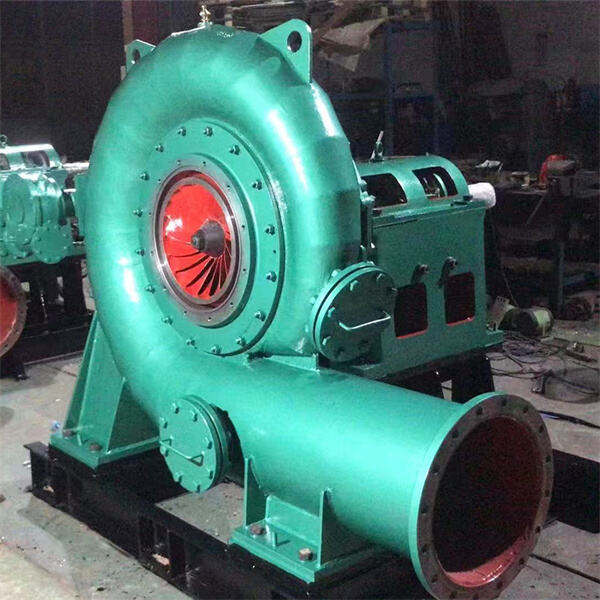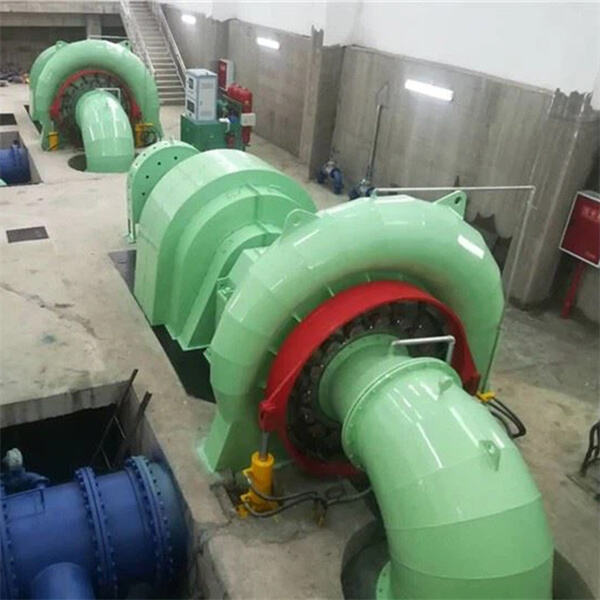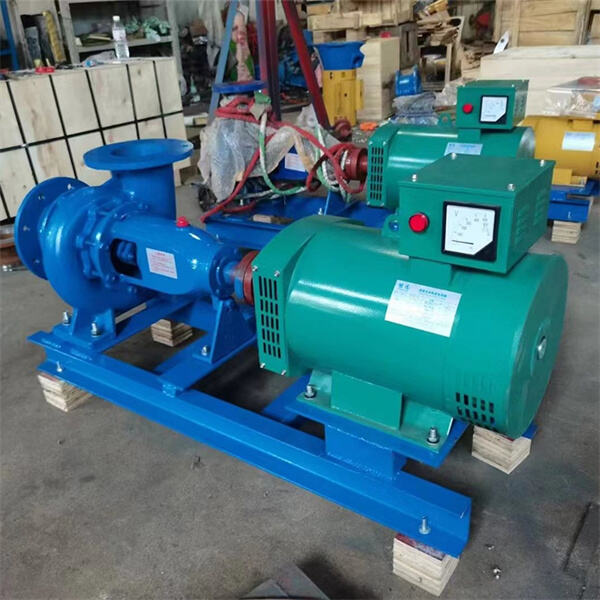Water turbines are pretty neat machines that let us make power in a natural and clean way. Here’s a closer look at how they function, and what they mean for our planet.
Water turbines are like large waterwheels, but they spin when water is flowing through them. They are typically placed in rivers or streams with a good amount of water moving over them. A simple water wheel can turn into a highly efficient turbine, as long as the water is channeled toward it. When water rushes into the blades of the turbine, it causes them to spin, much as wind causes a pinwheel to spin. This turning is what can make electricity to light our homes, schools and even cities.
Water turbines are also a form of renewable source, as they use moving water to generate electricity. Water: Whereas fuels such as coal or oil are all used up, water is a resource that never goes away. That is to say, so long as a stream of water flows, we can generate power without mucking up the environment. With the use of water, we can rely less on potentially depleting fuels and help save our planet.

Sustainable development, as the saying goes, is meeting our needs today without compromising the ability of future generations to meet their needs. Water turbines do assist with this in providing clean and renewable energy. When we pour money into eolic generators, we can create jobs, kickstart the economy and safeguard our environment. These ways, we can have our electricity and protect the planet and future generations.

Water turbine: A machine that converts the energy of flowing water into electricity. As water passes through the blades, they spin and rotate a shaft attached to a generator. The generator subsequently converts this rotational energy into electricity which can be utilized in homes and businesses. This is a efficient process which produces little pollution, which is why water turbines are such a good method of producing clean energy.

Water turbines such as hydroelectric are one of the many benefits of people and their surroundings. One of the great things about hydropower is that it doesn’t generate greenhouse gases, which helps clear the air of toxic pollution while combating climate change. Plus hydropower is reliable, so we can depend on it to provide us with a steady source of power. We can do it: the money already available for hydropower investment can shape the future for people who will live after us and, of course, for ourselves.